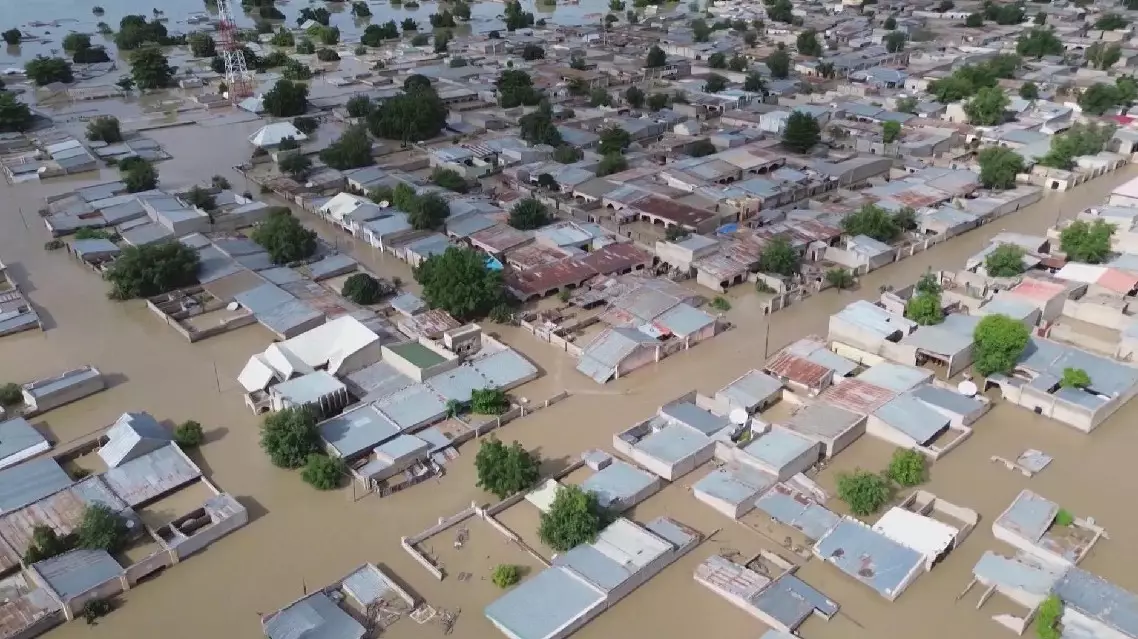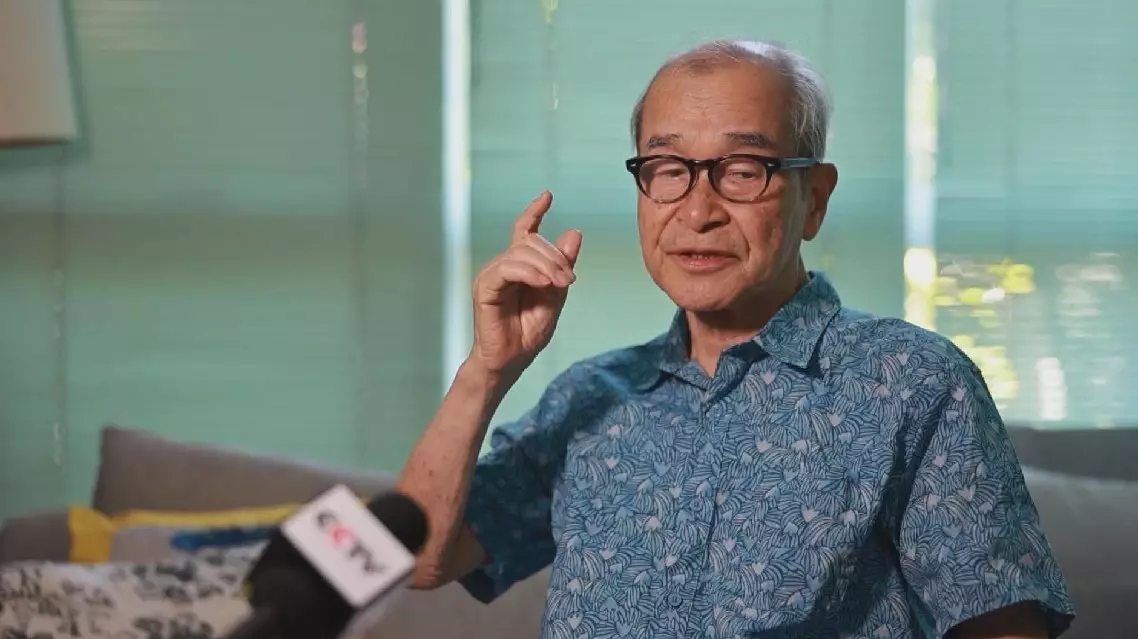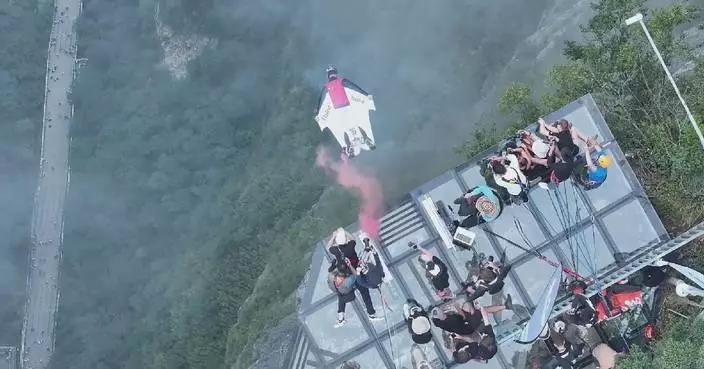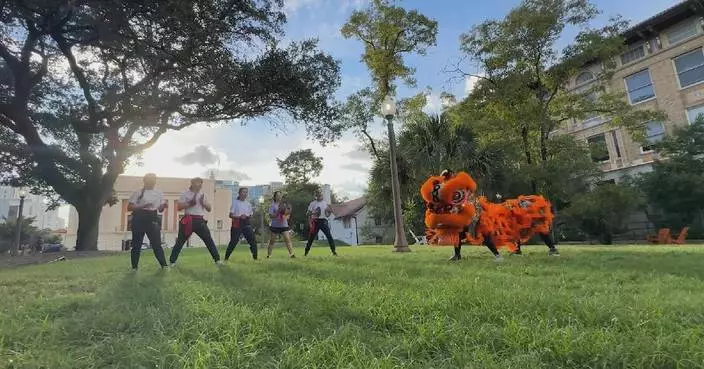Devastating floods since Tuesday have destroyed the homes and businessnes of thousands of residents in Maiduguri, the capital of Nigeria's northeastern state of Borno, forcing them to be evacuated to seek shelter in local displacement camps. The floods, described by local officials as the "state's worst," resulted from the collapse of the Alau Dam on the Ngadda River in Borno on Tuesday. The state government said on Wednesday that the dam was at capacity due to unusually heavy rains. Once bustling streets in Maiduguri now lie underwater, forcing residents to evacuate their submerged homes and seek shelter in local displacement camps. "The water entered my house last night around 2 a.m. We removed our belongings and sought refuge at the Bakasi internally displaced persons camp. I have nowhere else to go," said Mallam Adamu, a displaced resident. In addition to destroying homes, the floods swept away livelihoods. Local businessman Muhammed Bakura's shop, stocked with computers and electronics, is now underwater, leaving him with nothing but losses. "All our shops have been overrun by the floods. We've lost properties and we are still counting our losses. There are lots of computers and there is no way to take them out," Bakura said. Unfortunately, many residents are facing heartbreaking losses as some of their neighbors did not survive the floods. "We were running from one house to another, seeking refuge in a neighbor's house on an upper level. Unfortunately, our attempts were in vain as the upper area also got flooded. After emerging from the house, we discovered that the individual who aided us on the upper level did not survive," said Aishatu Ali, another displaced resident. Nearly 40 people have lost their lives, and over 414,000 others have been affected by the floods, as reported by the UN Office for the Coordination of Humanitarian Affairs (UNOCHA) in Nigeria on Friday. At least 14 official camps, along with numerous informal ones, have been opened for displaced residents with a capacity to accommodate over two million people, as stated by an official from the National Emergency Management Agency on Friday.

Thousands displaced, properties destroyed by floods in northeast Nigeria
A recent study by a Japanese scholar has shed new light on exposing the horrific crimes of human experiments committed by Unit 731, a notorious Japanese germ-warfare detachment stationed in northeast China during World War II.
Unit 731 was a top-secret biological and chemical warfare research base established in Harbin, capital of northeast China's Heilongjiang Province in 1935 as the nerve center of Japanese biological warfare in China and Southeast Asia during World War II.
In an interview with China Central Television on the occasion of the 93rd anniversary of the September 18, 1931 Incident, Takao Matsumura, an honorary professor of Japan's Keio University, particularly pointed out that Unit 731's inhumane deeds involved unleashing malicious human-made plagues on people.
The September 18, 1931 Incident in the city of Shenyang in northeast China was a precursor to Japan's launch of a full-scale invasion of China and was a key event ahead of the outbreak of World War Two in Asia.
"Fleas infected with the plague were dropped from aircraft along with food. After they landed on the ground, rats would come to eat the food. The plague-infected fleas would then jump onto the rats, infecting them. As the number of plague-infected rats increased, they would eventually transmit the plague to humans," the professor said, describing how the unit spread the infection to humans.
According to Matsumura, military doctors with Unit 731 were responsible for both producing plague bacillus and developing plague vaccines. He published a book titled "Vaccine Development and War Crime" in 2023, exposing the unit's cruelty of testing the vaccines on live humans.
Matsumura said that the results of these brutal experiments allowed Unit 731 to surpass even Japan's top medical institutions in vaccine research.
"Before the war, the University of Tokyo in Japan had the highest level of expertise in vaccine research. However, when Unit 731 began developing vaccines, they quickly surpassed the university's Infectious Disease Research Institute. And the reason why Unit 731 was able to quickly surpass the research institute was because they conducted experiments on 'Maruta'," he said.
"Maruta" was the code-name for the human experimentation project. In Japanese the word directly translates as "wood that has been skinned" or "logs," which is how the test subjects were referred to.
Unit 731 was a covert biological and chemical warfare research and development unit of the Imperial Japanese Army that engaged in lethal human experimentation and biological weapons manufacturing in China during World War II. The unit is estimated to have killed between 200,000 and 300,000 people. It was based in the Pingfang District of Harbin, the largest city in the Japanese puppet state of Manchukuo (now Northeast China, formerly named Manchuria) and had active branch offices throughout China and Southeast Asia.
Unit 731 was responsible for some of the most notorious war crimes committed by the Japanese aggressor troops. It routinely conducted tests on people who had undergone inhuman treatment. Experiments included disease injections, controlled dehydration, biological weapons testing, hypobaric pressure chamber testing, vivisection, organ procurement, amputation, and standard weapons testing. Victims included not only kidnapped men, women (including pregnant women) and children but also babies born from the systemic rape perpetrated by the staff inside the compound.
After the war, the doctors with Unit 731 were granted war criminal immunity in exchange for providing research data to the U.S., according to Matsumura's research.
"The general headquarters of the U.S. Forces in Japan used immunity for Shiro Ishii (head of Unit 731) and other war criminals in exchange for these research data. But the U.S. Department of Defense explicitly demanded that no documents should ever record anything about the immunity granted to the war criminals, because if it were ever exposed one day, the credibility of the United States as a nation would be utterly ruined," Matsumura said.
The professor's work is not only an important contribution to unveiling Japan's wartime crimes but also a call for Japan's younger generations to face up to the country's history. He expressed the hope that Unit 731's atrocities will one day be included into Japanese history textbooks, despite efforts by the Japanese government to conceal this part of the country's past.
"Although the Japanese government has tried to cover up and conceal these historical facts, I hope that the officials of Japan's Ministry of Education will seriously heed the calls to face history honestly," Matsumura said.
The crimes committed by Unit 731 were among the most gruesome atrocities of the Japanese invasion of China during World War II.

Japanese scholar unveils Unit 731's war crimes of human experiments










